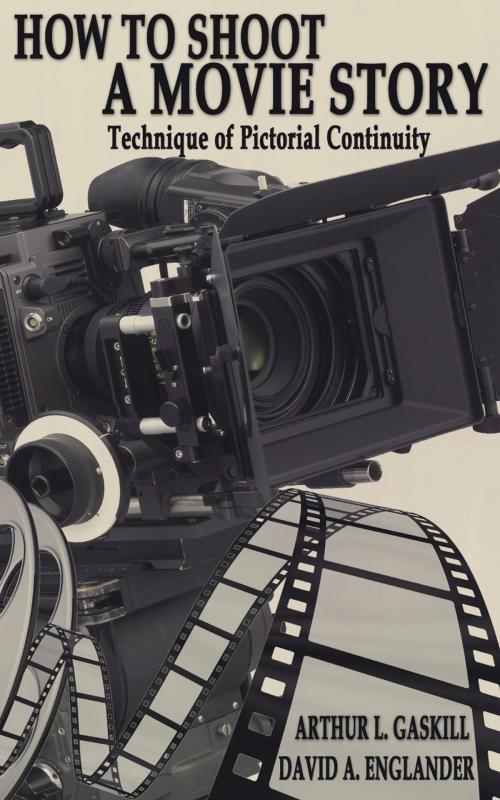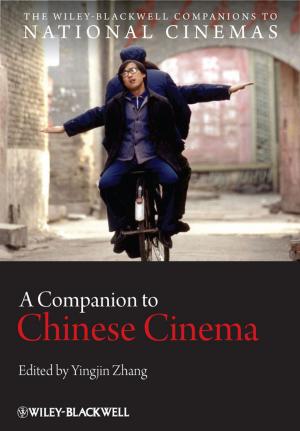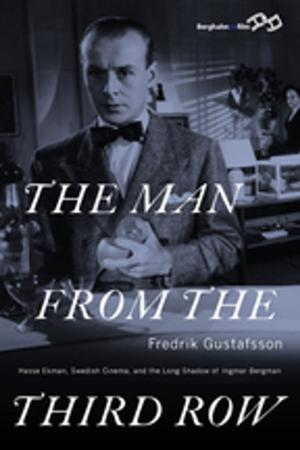How to shoot a movie story
Nonfiction, Entertainment, Film, Direction & Production, Performing Arts, History & Criticism| Author: | ARTHUR L. GASKILL, DAVID A. ENGLANDER | ISBN: | 9789187155123 |
| Publisher: | Grammofonbolaget | Publication: | January 1, 1947 |
| Imprint: | Language: | English |
| Author: | ARTHUR L. GASKILL, DAVID A. ENGLANDER |
| ISBN: | 9789187155123 |
| Publisher: | Grammofonbolaget |
| Publication: | January 1, 1947 |
| Imprint: | |
| Language: | English |
We have released this book "How to Shoot a Movie Story," a book that has been forgotten and having a number of years old but contains useful information that still holds true today. ”How to Shoot a Movie Story” was first released 1947 by MORGAN & MORGAN, Inc., Publishers New York, N. Y. and Second Edition 1959 (recited) Third Edition I960 (revised).
There are ten million film makers in America today. Most of them are amateurs, but the number who migrate to professional ranks grows constantly as television enlarges its demands for motion pictures of all kinds.
Whether you shoot for fun or profit—for a family circle or a television station—the experienced filmmaker knows that getting correct focus and exposure are only the first steps in using a movie camera.
You want to tell a movie story. You will not do so if you shoots all over the place in a series of correctly exposed but pictorially unrelated scenes. To tell a movie story, you must put together a wide variety of shots so as to achieve a smooth, meaningful, visual flow. In short, you must understand the medium as well as the camera; you must know pictorial continuity.
Pictorial continuity is the indispensable framework of every soundly constructed motion picture, whether it is a Hollywood epic, TV film, newsreel, documentary, cartoon, or home movie.
We have released this book "How to Shoot a Movie Story," a book that has been forgotten and having a number of years old but contains useful information that still holds true today. ”How to Shoot a Movie Story” was first released 1947 by MORGAN & MORGAN, Inc., Publishers New York, N. Y. and Second Edition 1959 (recited) Third Edition I960 (revised).
There are ten million film makers in America today. Most of them are amateurs, but the number who migrate to professional ranks grows constantly as television enlarges its demands for motion pictures of all kinds.
Whether you shoot for fun or profit—for a family circle or a television station—the experienced filmmaker knows that getting correct focus and exposure are only the first steps in using a movie camera.
You want to tell a movie story. You will not do so if you shoots all over the place in a series of correctly exposed but pictorially unrelated scenes. To tell a movie story, you must put together a wide variety of shots so as to achieve a smooth, meaningful, visual flow. In short, you must understand the medium as well as the camera; you must know pictorial continuity.
Pictorial continuity is the indispensable framework of every soundly constructed motion picture, whether it is a Hollywood epic, TV film, newsreel, documentary, cartoon, or home movie.















